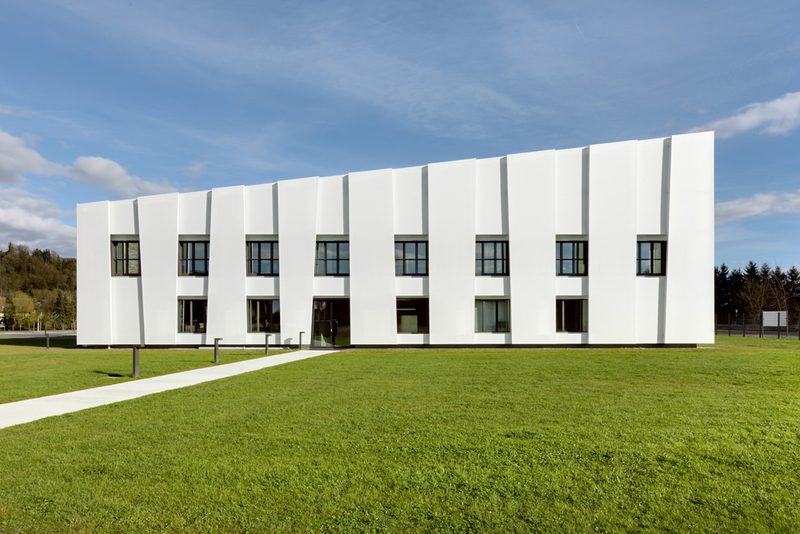I am currently working on my graduation project on the topic of fabric envelopes. In the bigger picture, the question that arises when talking about this subject is whether the built environment needs to be long lasting or temporary.
The established way of building in all wealthy countries is mainly based on the use of long lasting materials, such as concrete, steel, brick, stone, glass, which are materials well known for their high quality and performance . Surprisingly, most people ignore the real properties and functions of the materials that shape their houses and host their life. The texture that they see or touch every day is a picture they are used to, that they do like or don’t like and that in the end is of less importance than the outfit of the day. For example, what matters for a house is if it looks nice and safe and for a company if it the office building represents the prestige it should.
Juhani Palasmaa, in his book, the eyes of the skin, explains how people understand the built environment through their body and senses. The volumetries, the materials, the movements and the sounds that characterize the built environment, from a small to a large scale and the “messages” the built environment (described by all these different parameters) sends to its users. All this knowledge is a subject studied by the architects, as they are the experts to design proper living spaces. But what is the role of the user in this process? How many people wonder why they live in concrete boxes, or in buildings that can live for a hundred years, whether their users won’t be there anymore to use them and not in portable spaces?
Especially in relation with sustainability, what happens in the end of life of the building? The waste produced by the built environment, as it is well-known is a really big problem. And to take it from the start, the energy needed for the production of these materials is also a big issue and very harmful for the environment. Design for disassembly is a strategy that comes to give a solution to this problem. First of all, to recycle a building you have to take it apart. The oriental philosophy for connections design, which has been introduced in the distant past, represents this idea. Not to take it too far, my intention is to highlight that innovative and sustainable ideas of great interest, that have been addressed, are not widely known and explored as possibilities for the future.
Society is taking steps towards a more sustainable built environment, for example by introducing leasing façade concepts that will control the materials in use, as there will be a constant financial interest. The result of this will be more huge buildings and new investments, maybe with beneficial results for the environment (as the use of renewables could be integrated etc.), but still with a completely different, economical main focus.
Obviously there are many different perspectives. What matters every time is the intention of the actor, the reason to realize an idea or not, the attitude of the creator and the interaction between all the different participants that act in the same system.
After all, coming back to the initial question on temporary versus everlasting buildings, it is clear that the architecture of the future should respond to specific requirements, and the design and the materials in use should be smart. Today’s wealthy world creates the impression that we have forgotten that everything is temporary and therefore, it does not really make sense to build everlasting structures, or to constantly chase visual perfection, especially when all this action decreases the sustainability of the system we live in.
The innovation of fabric envelopes comes to re-introduce the nomadic way of living and working, where the user is conscious of the existence of the space he will be using for a certain time. He knows for how long the structure is needed, which is its exact purpose and which conditions it should withstand. Fabrics can be the smart materials that will be used to implement this idea, for lightweight structures that in the end of their life will create a minimum amount of waste.
To conclude my thoughts, I believe that the architecture of the future should correspond to the context in which it is built. Innovation is needed with the aim of minimizing the amount of waste created by the built environment, and at the same time keep the performance of the building high. The use of fabrics for the design of the building appears to be a very promising idea for design development in this direction and thus it would be a pity not to try it.
